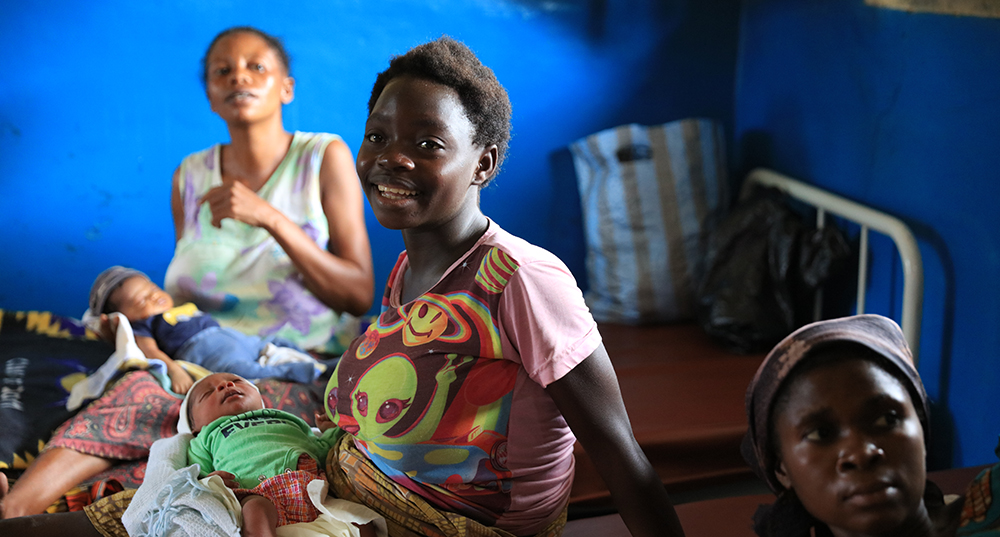Focus on Results

.
A sharp focus on results measurement and data use is core to the GFF’s work. The GFF’s data-driven approach enables monitoring of progress in women, children and adolescent health, focusing on health systems, primary health care and health financing reforms. It is a partnership-based approach that builds upon, aligns with, and aims to strengthen existing country data systems, sources, and analytical capacities to use data for decision-making at multiple levels.
Since the GFF was founded, more countries have invested in strengthening their data systems. More have made their data available, including subnational and age and sex-disaggregated data which is helping see beyond aggregate numbers and unmask gaps to understand which health services and population groups are most at risk. Sharper focus on results has also allowed reporting across six core focus areas: pregnancy care visits, facility-based newborn deliveries, breastfeeding initiation, reproductive health and family planning, postnatal care, and childhood vaccinations.
The GFF Measurement Framework is the primary mechanism for monitoring and reporting on performance of the GFF’s 2021–2025 Strategy, which was developed through a consultative and inclusive process led by the GFF Secretariat and endorsed by the GFF Trust Fund Committee and Investors Group.
FASTR: A rapid-cycle data approach to help countries monitor progress and inform policy decisions
The GFF supports country-led efforts to improve the timely use of data for decision making, ultimately leading to stronger primary health care (PHC) systems and better reproductive, maternal, newborn, child, and adolescent health and nutrition (RMNCAH-N) outcomes. This set of initiatives and technical support is referred to as Frequent Assessments and System Tools for Resilience (FASTR).
FASTR TOOLS
FASTR’s four technical approaches — underpinned by capacity strengthening and data use support — enable rapid-cycle monitoring for strengthening PHC systems and improving RMNCAH-N outcomes through the timely and high-frequency analysis and use of data.
Routine analysis leverages health management information system (HMIS) data to routinely monitor changes in the coverage of health service during reforms, shocks, or within vulnerable populations, while identifying and addressing data quality challenges
Facility surveys assess gaps in primary health care service (PHC) delivery and provide insights into the impact of health reforms or shocks on PHC performance
High-frequency household phone surveys provide snapshots of health service utilization and foregone care, along with community perceptions of health service quality
Rapid qualitative studies provide policymakers with a richer understanding of emerging health systems issues through rapid and adaptable mixed-methods approaches
Capacity building and data-use support — including data reviews and subnational feedback loops —to help develop in-country competencies to request, analyze, and interpret data for policy-relevant decisions
These approaches are highly adaptable to each country's specific priorities and data use needs and are designed to be triangulated with other data sources, such as in-person household and health facility surveys.